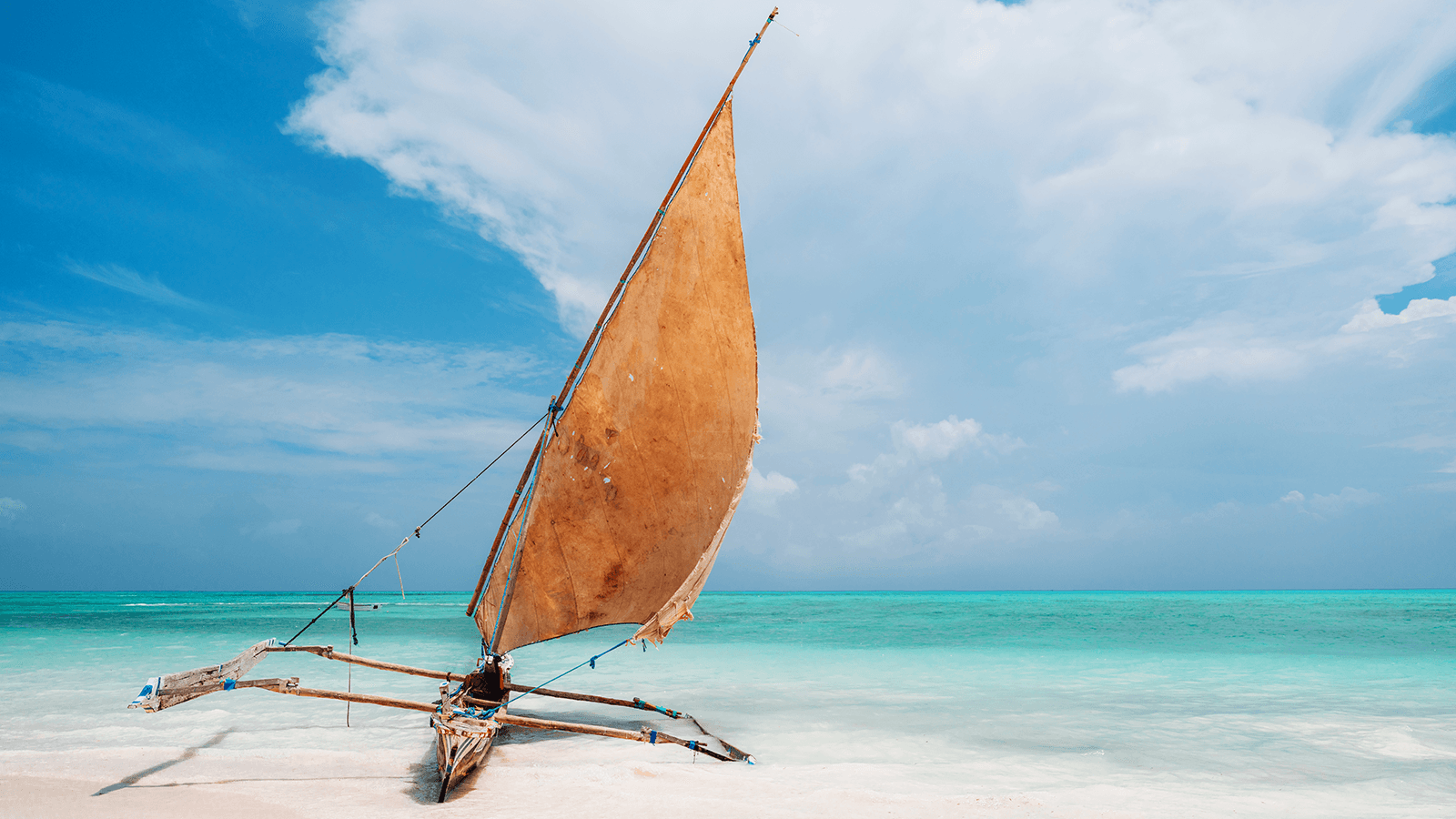Each year on July 7th, we celebrate World Swahili Language Day, which honors the importance of the Swahili language in unifying African countries during their struggles for independence in the 20th century.
Medieval Swahili Coast
In celebration, 23andMe is adding a new historical group to our new 23andMe+ Premium™ membership feature, which may genetically connect you to one or more of hundreds of historical people worldwide.
The new Medieval Swahili Coast historical group consists of 15 historical individuals who lived along the Swahili Coast between the 13th and 20th centuries CE.
During the 11th-16th centuries, the Swahili civilization flourished along a 2,000-mile-long stretch of coast spanning parts of present-day Kenya, Tanzania, northern Mozambique, southern Somalia, Comoros islands, and northern Madagascar. The Swahili coast served as a center for medieval trade between peoples of African, South Asian, Arabic, and Persian origin.
The Impact of Trade on Language
These long-distance connections played a critical role in the origins of the Swahili language, also known by its local name, Kiswahili. The Swahili language belongs to the Bantu language family, which consists of approximately 600 different languages spoken across Central, Southern, and Eastern Africa. However, Swahili is notable for having many loanwords borrowed from other languages, particularly Arabic, which comprises over 15 percent of the vocabulary.
While the impact of medieval long-distance trading connections on the Swahili language is clear, the extent to which these foreign traders impacted the genetics of the medieval Swahili people has long been debated.
In 2023, researchers sequenced the genomes of 80 historical individuals from sites in six medieval towns along the Swahili coast. This study revealed that prior to 1500 CE, the ancient inhabitants of these coastal towns had a mixture of African and Asian ancestry.
Further, this mixed ancestry was primarily inherited from female ancestors with African ancestry and male ancestors with Asian (primarily Persian) ancestry. After 1500 CE, the people of the Swahili coast acquired more Arabian-like ancestry, reflecting growing interactions with people from southern Arabia.
Learn More
Through 23andMe’s Historical Matches feature, which is available to all 23andMe+ Premium members, you can find out if you share a genetic connection to 15 of the individuals whose genomes were sequenced as part of this study and learn more about the Medieval Swahili Coast.
Discover all that 23andMe offers here.




